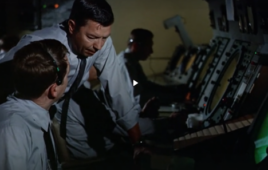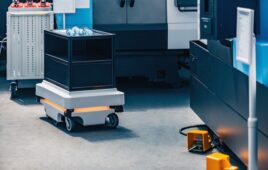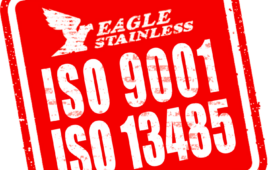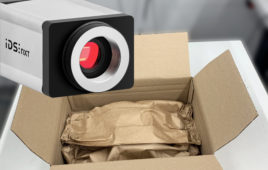The FCC is inviting interested parties to update and refresh the record on the status of potential sharing solutions between proposed Unlicensed National Information Infrastructure (U-NII) devices and Dedicated Short Range Communications (DSRC) operations in the 5.850-5.925 GHz (U-NII-4) band.
Those devices provide short-range, high-speed unlicensed wireless connections in the 5 GHz band for, among other applications, WiFi-enabled radio local networks, cordless telephones and fixed outdoor broadband transceivers used by wireless internet providers. DSRC uses short-range wireless communication links to facilitate information transfer between appropriately-equipped vehicles and appropriately-equipped roadside systems (“vehicle to infrastructure” or “V2I”) and between appropriately-equipped vehicles (“vehicle to vehicle” or “V2V”).
The Commission is looking into potential sharing techniques. “In August 2015, the DoT released a DSRC-Unlicensed Device Test Plan that described tests to characterize the existing radio frequency signal environment and identify the impacts to DSRC operations if unlicensed devices operate in the 5.850-5.925 GHz band,” the FCC reports in a statement. “As suggested by two Congressional letters received in September 2015,[1] the Commission is now seeking to refresh the record.”
The National Cable and Telecommunications Association released the following statement on the topic: “The FCC took a significant step forward toward making sharing on the 5.9 GHz band a reality. Not only does the FCC ask the right questions about how to test both the Qualcomm and Cisco sharing proposals, but it also asks how to distinguish crash-avoidance from non-safety DSRC applications.”
The NCTA reports it is committed to finding a sharing solution that works and says the FCC action “points the country in the right direction.”
Filed Under: Industry regulations




